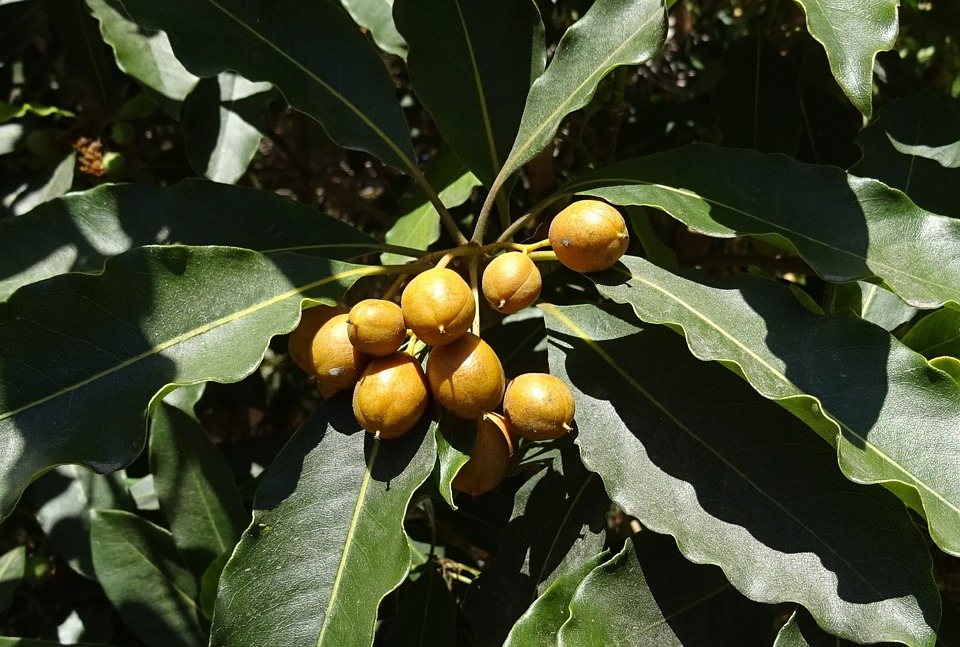Introduction
Seville, the capital city of Andalusia in Spain, is renowned for its remarkable architectural wonders. From historic buildings to modern masterpieces, this vibrant city boasts a rich cultural heritage. Let’s embark on a journey to explore Seville’s architectural treasures.
The Alcázar of Seville
The Alcázar of Seville is a breathtaking Moorish palace that stands as a testament to the city’s cultural richness. With its stunning architectural details, adorned gardens, and intricate tilework, it is a marvel to behold. Built during the Middle Ages, this UNESCO World Heritage Site continues to captivate visitors with its sheer beauty.
Cathedral of Seville
The Cathedral of Seville, also known as the Catedral de Santa María de la Sede, is the largest Gothic cathedral in the world. Its grandeur is awe-inspiring, and its iconic Giralda bell tower offers panoramic views of the city. One of its most famous features is the Tomb of Christopher Columbus. Exploring the Cathedral allows visitors to appreciate the blending of different architectural styles throughout its long history.
Plaza de España
Plaza de España, located in the beautiful Maria Luisa Park, is a masterpiece of Renaissance Revival style. Designed for the 1929 Ibero-American Exposition, it combines traditional Spanish elements with elements from the Americas. The plaza’s semicircular shape, fountain, and vibrant tilework make it a picture-perfect spot and a must-visit destination for both locals and tourists.
Metropol Parasol
The Metropol Parasol, also known as Las Setas (The Mushrooms), is one of Seville’s most modern architectural wonders. This wooden structure, designed by the German architect Jürgen Mayer, stretches across Plaza de la Encarnación in the old quarter. The six parasol-shaped structures provide visitors with unique viewpoints and house a bustling market, restaurants, and an archaeological museum underneath.
FAQs
Q1: How can I visit Seville’s architectural wonders?
A1: Seville is well-connected by air, train, and bus. You can easily reach the city and explore its architectural wonders using local transportation or by hiring a private guide.
Q2: Are there any entry fees for these architectural sites?
A2: Yes, there are admission fees for most of the architectural sites in Seville. However, some offer discounts for students, seniors, and children.
Q3: Can I take photographs inside these buildings?
A3: Generally, photography is allowed in most architectural sites. However, flash photography may be restricted in some areas to protect delicate artworks.
Q4: Are these sites wheelchair accessible?
A4: Most of the popular architectural sites accommodate wheelchair users, providing ramps and lifts for easy access. However, it is advisable to check specific accessibility information for each site before visiting.
Q5: What is the best time to visit Seville?
A5: Seville can be visited year-round, but the spring (March to May) and autumn (September to November) seasons offer pleasant weather and are ideal for exploring the city’s wonders without extreme heat.

